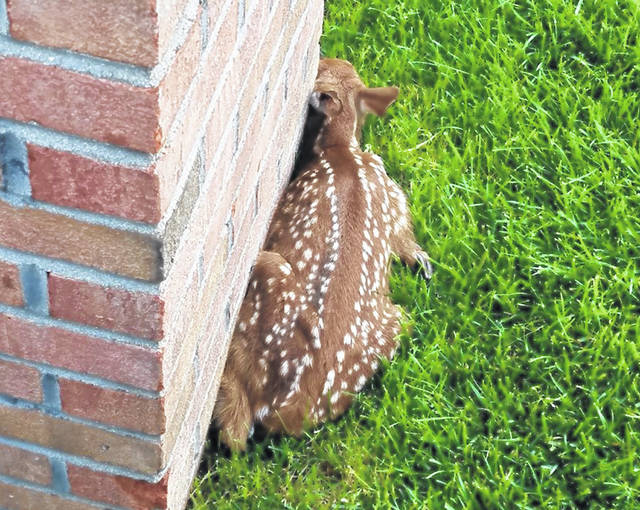
Editor’s note: The info below, provided by the Ohio Department of Natural Resources, explains why that wild orphan baby you found may not really be an orphan. Tips to help determine whether particular wild young ones may be orphaned, info about how to keep wild animals wild, animal rehab contacts and more are located at ohiodnr.gov. Click on Division of Wildlife, then Resources and Programs, then Born Wild, Stay Wild.
In the spring and early summer, when wildlife reproduction is at its peak, you may have the good fortune of observing baby animals in the wild. Often, the babies you see will be unattended by a parent. Unless something seems amiss, keep your distance and leave them alone. Human intervention is always a wild animal’s LAST hope for survival, NEVER its best hope.
Is the animal really an orphan?
Wildlife parents are very devoted to their young and rarely abandon them. Many species are raised by only one parent (the mother), and she cannot be in two places at once. This means that baby wildlife must be left alone several times during the day or even the majority of the time while the mother ventures off to find food for herself and her young.
The best thing to do is to keep your distance, and keep children and pets away from the young animal. This is to protect both humans and wildlife. Wild animals can carry parasites or diseases that can be harmful to humans and pets. Wild animals also defend themselves by scratching or biting.
And if truly abandoned or injured?
If you see open wounds or other injuries, or you know in fact that a young wild animal has lost its parent, consult your nearest Wildlife District Office (Central Office: 614-644-3925) or local wildlife rehabilitator.
Do not attempt to capture or feed wildlife until proper, expert guidance is provided to you. Also, limit contact with the animal to reduce stress and the possibility of it becoming habituated. Taming a young animal will make it unreleasable in the wild.
It is illegal to keep wildlife without a rehabilitators permit. Rehabilitators go through extensive training on how to raise and treat young and injured wildlife. Leave it to the professionals and you’ll greatly increase the animal’s chance of survival.


